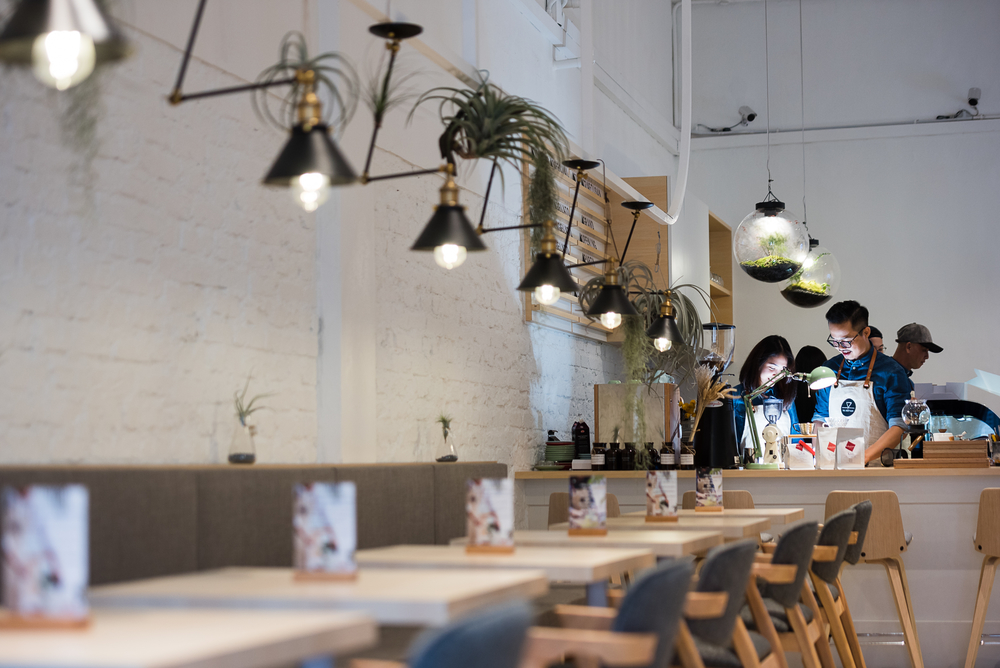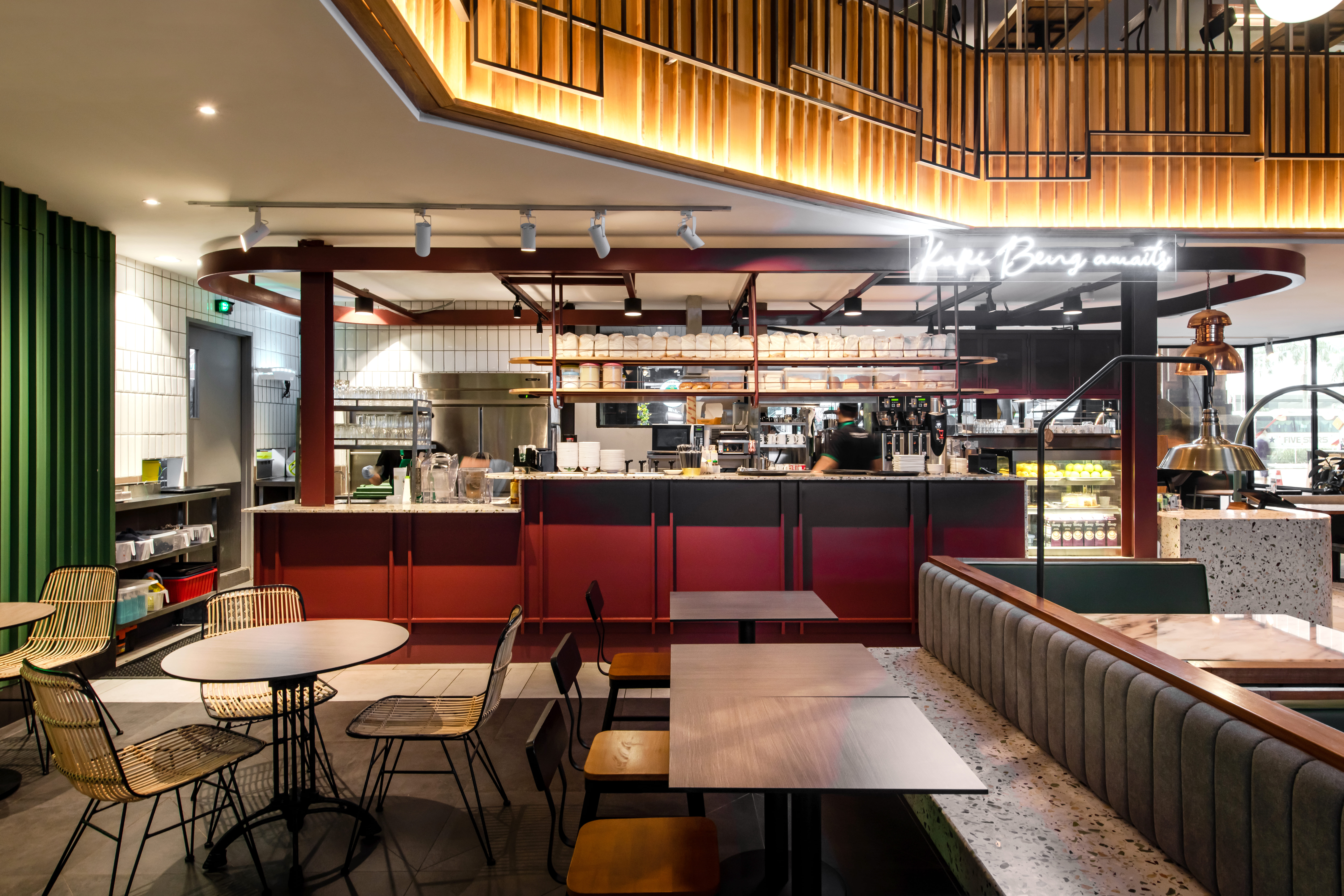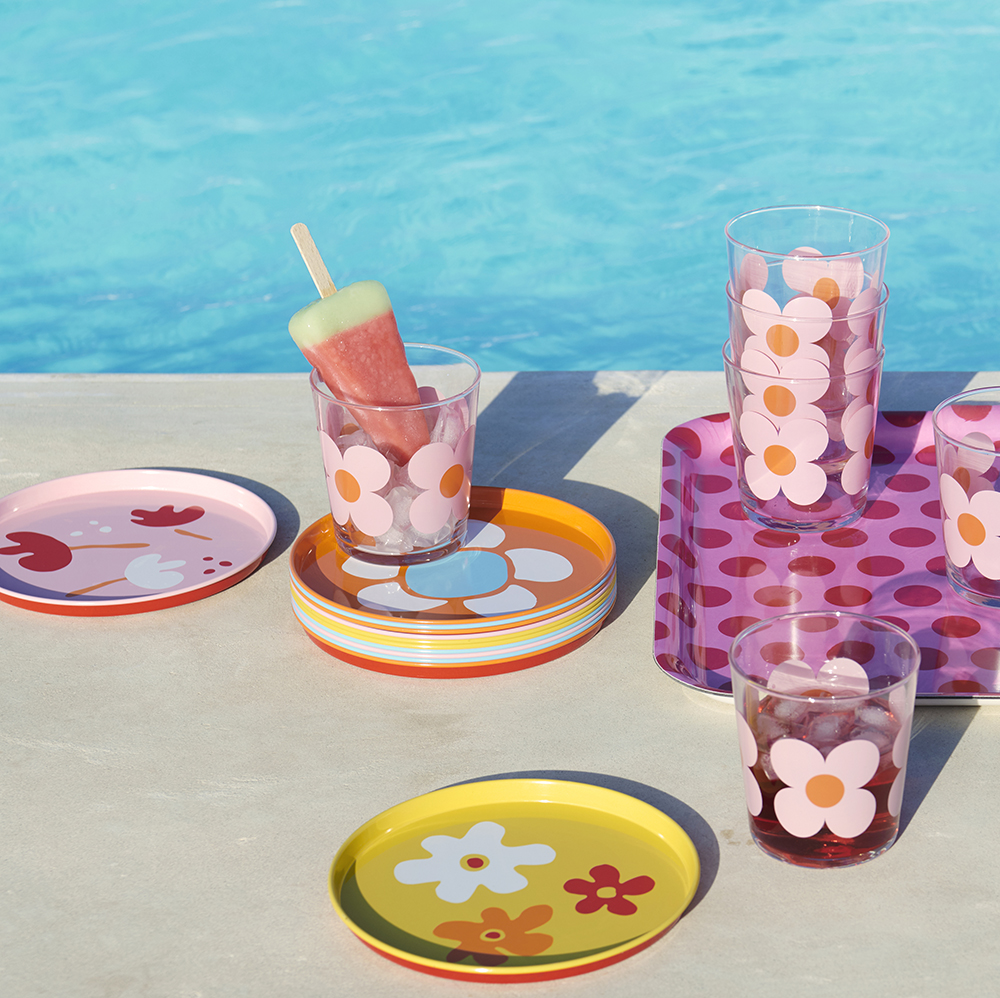
 Generously dotted as it is with famous and historically significant landmarks, it is no wonder that Malacca is referred to as ‘ The Historic State’. While many of these buildings have naturally suffered damage over the years due to reasons such as accidents or the simple passage of time, there has been a concerted effort to revitalise many of them in an effort to preserve their representations of Malacca’s unique identity and past.
Generously dotted as it is with famous and historically significant landmarks, it is no wonder that Malacca is referred to as ‘ The Historic State’. While many of these buildings have naturally suffered damage over the years due to reasons such as accidents or the simple passage of time, there has been a concerted effort to revitalise many of them in an effort to preserve their representations of Malacca’s unique identity and past.
 Heesen Kopi, an urban cafe which has an old temple as its base structure. Located in Jalan Hang Jebat which is more commonly a famously known as Jonker Street, it still maintains the temple’s unpretentious and tasteful exterior but is missing the original internal structure due to the temple has suffered significant damage as the result of a fire long ago. What survived intact were the flying eaves and quasi-Chinese elements which have been seamlessly incorporated into the new building’s identity by Matthew Lim.
Heesen Kopi, an urban cafe which has an old temple as its base structure. Located in Jalan Hang Jebat which is more commonly a famously known as Jonker Street, it still maintains the temple’s unpretentious and tasteful exterior but is missing the original internal structure due to the temple has suffered significant damage as the result of a fire long ago. What survived intact were the flying eaves and quasi-Chinese elements which have been seamlessly incorporated into the new building’s identity by Matthew Lim.

Despite the relatively unadorned outward appearance, it is relatively easy to spot the cafe when walking down the road. Flanked by two narrow shop-houses, it boasts a facade that is noticeably wider than any of the other buildings on the street. Closer inspection will reveal that thanks to a simple coat of white paint on the exterior, interesting elements of the temple like its original wood trimmings and stamped wordings stand out quite nicely.
 The first thing that greets the customer is the sense of airiness where the moment they set foot inside the cafe. The building’s open ceiling exposes its crisscrossing wooden structures. This design decision serves an additional purpose of creating a wonderful visual impact and the sense of spaciousness of the establishment which is further enhanced by its open layout that harkens back to colonial times.
The first thing that greets the customer is the sense of airiness where the moment they set foot inside the cafe. The building’s open ceiling exposes its crisscrossing wooden structures. This design decision serves an additional purpose of creating a wonderful visual impact and the sense of spaciousness of the establishment which is further enhanced by its open layout that harkens back to colonial times.
 Tropical plants pepper the interior, adding a fresh and vibrant feel to the place and even more, greenery can be found in the small landscaped area in the back courtyard. Inspired by the rusticity and colonial heritage of the cafe’s location, Matthew infused the cafe’s design with a significant amount of wicker, stone and wood elements by using a combination of ventilation blocks, warm wood tones and exposed structures.
Tropical plants pepper the interior, adding a fresh and vibrant feel to the place and even more, greenery can be found in the small landscaped area in the back courtyard. Inspired by the rusticity and colonial heritage of the cafe’s location, Matthew infused the cafe’s design with a significant amount of wicker, stone and wood elements by using a combination of ventilation blocks, warm wood tones and exposed structures.
 The resulting light, cost and comfortable atmosphere are complemented by the decision to use natural lighting to illuminate the interior. Customers look for their ideal corner will be able to easily notice the nostalgia-infused details in the cafe’s decor from its traditional latticework to the steel enamel floral trays.
The resulting light, cost and comfortable atmosphere are complemented by the decision to use natural lighting to illuminate the interior. Customers look for their ideal corner will be able to easily notice the nostalgia-infused details in the cafe’s decor from its traditional latticework to the steel enamel floral trays.
Words by Elizabeth Dass




